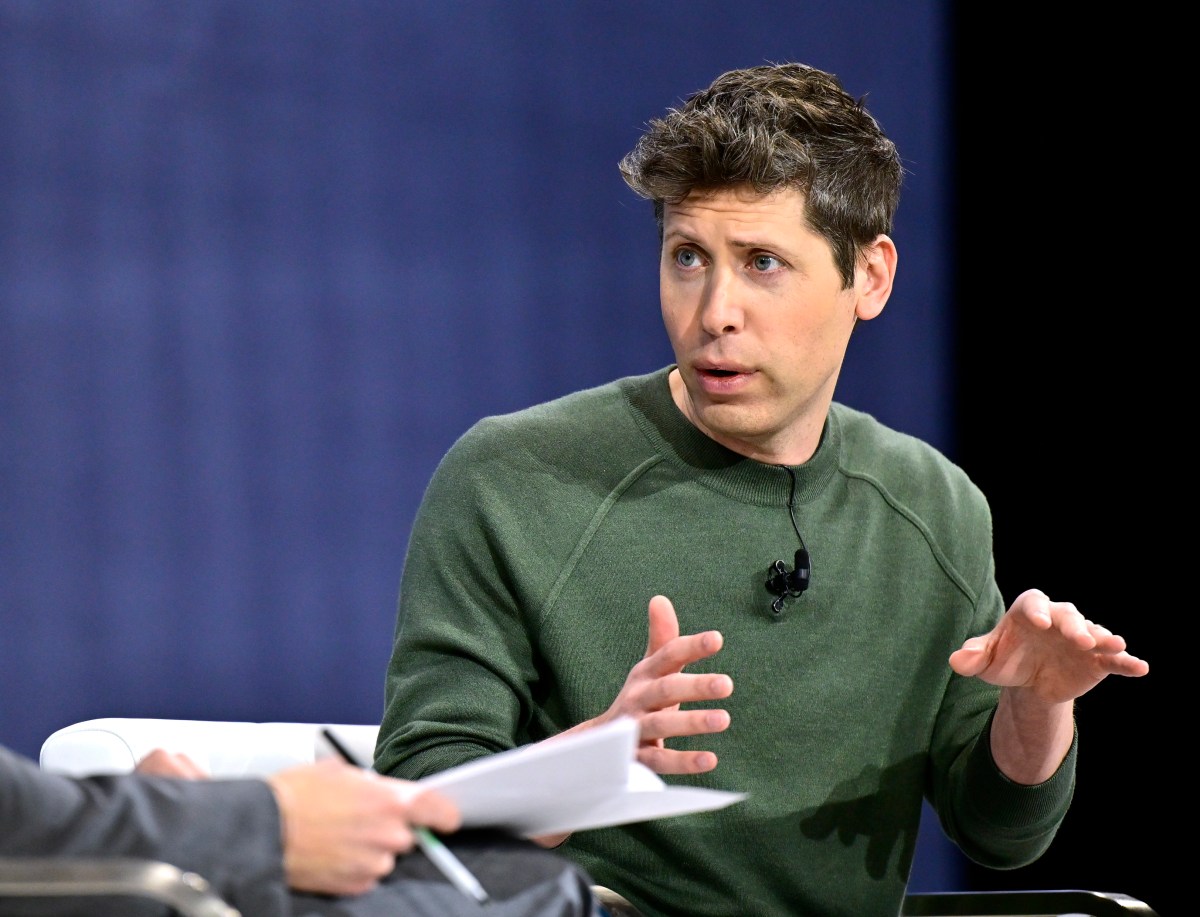Anime Dreams or Digital Dilemma? OpenAI's Ghibli-Style AI Sparks Copyright Firestorm

The latest AI breakthrough from OpenAI has sparked both creativity and controversy as users leverage ChatGPT's image generation capabilities to craft whimsical memes inspired by the iconic Studio Ghibli aesthetic. This emerging trend has reignited critical discussions about intellectual property rights and artistic originality in the rapidly evolving world of artificial intelligence.
Artists and internet enthusiasts are experimenting with the new tool, generating playful images that capture the distinctive, dreamlike style synonymous with legendary animation studio Studio Ghibli. From Totoro-inspired landscapes to character-like compositions that echo the studio's signature visual language, these AI-generated memes are quickly spreading across social media platforms.
However, the proliferation of these images has raised significant concerns among artists and copyright experts. The ability to seamlessly mimic a specific artistic style using AI technology challenges traditional notions of creative ownership and potentially threatens the unique visual identities of established artists and studios.
While OpenAI continues to refine its image generation technology, the Studio Ghibli-style memes serve as a provocative example of how artificial intelligence is blurring the lines between inspiration, imitation, and potential copyright infringement. As the technology advances, the creative and legal communities remain watchful of its implications for artistic expression and intellectual property rights.
